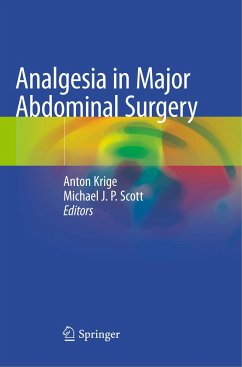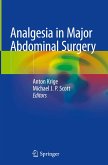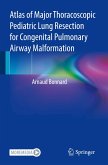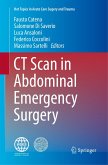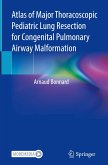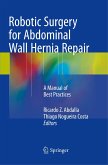This book presents current evidence in an Enhanced Recovery Programme context, and provides a common sense approach to using the array of available analgesia techniques appropriately in major abdominal surgery.
Current pain relief options are discussed, many of which have been described only in the last ten years. Topics covered range from the now widespread use of portable ultrasound machines to an appreciation of the value of some older drugs in a new context.
Analgesia for Major Abdominal Surgery is aimed at anesthetists, acute pain teams, and acute pain nurses, as well as colorectal, hepatobiliary, urological and gynecological surgeons.
Current pain relief options are discussed, many of which have been described only in the last ten years. Topics covered range from the now widespread use of portable ultrasound machines to an appreciation of the value of some older drugs in a new context.
Analgesia for Major Abdominal Surgery is aimed at anesthetists, acute pain teams, and acute pain nurses, as well as colorectal, hepatobiliary, urological and gynecological surgeons.
"This book will be a valuable addition to the library of students, practicing anesthesiologists, and acute and chronic pain teams, because it describes the various drugs and techniques used since inception of the subject ... . The in-depth description of invasive techniques supplemented by actual color photographs and 3D illustrations offer an important resource for students to learn pain management through the first year of residency, the practicing 'generalist,' and a quick reckoner for the 'regionalist.'" (Nishant Kumar, Anesthesia & Analgesia, Vol. 129 (5), November, 2019)

